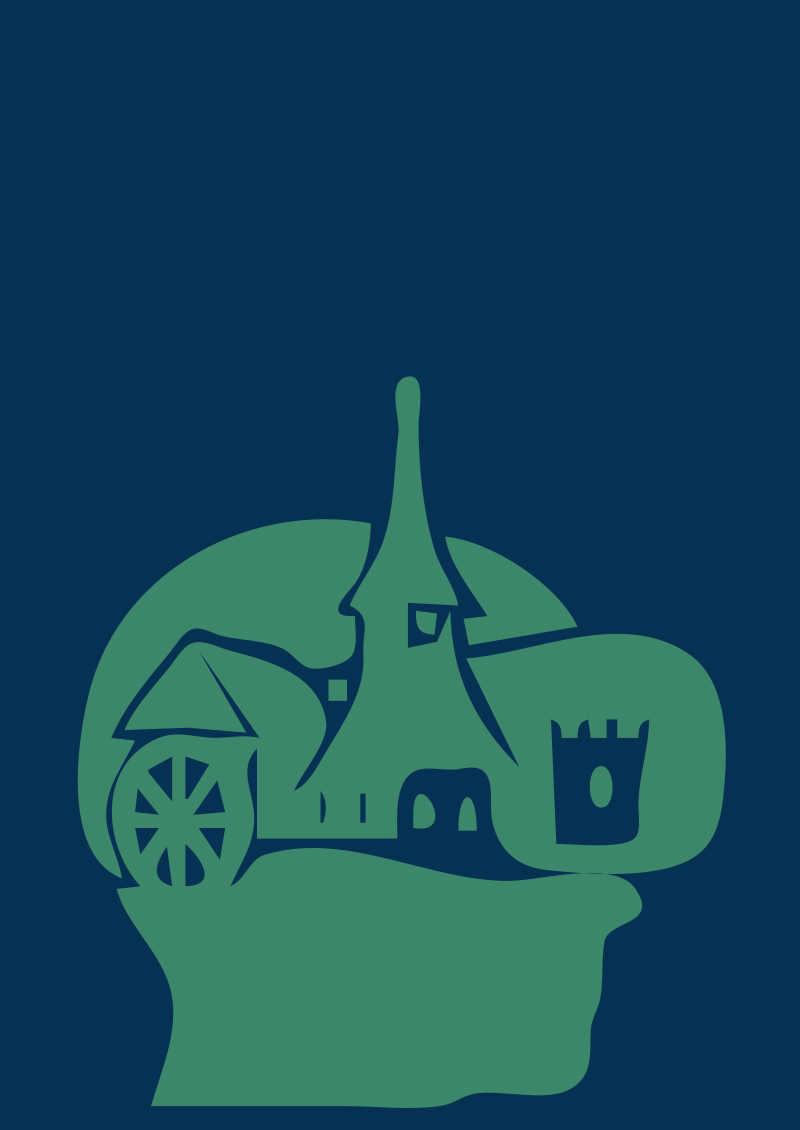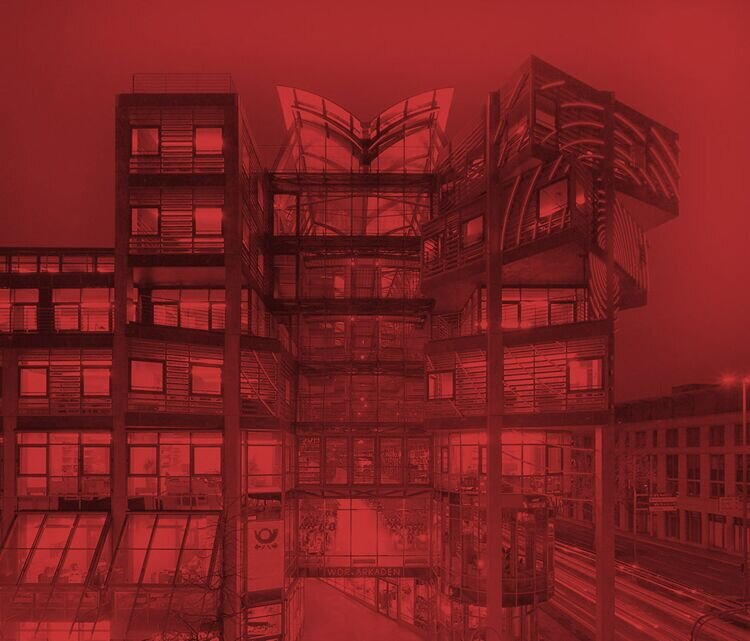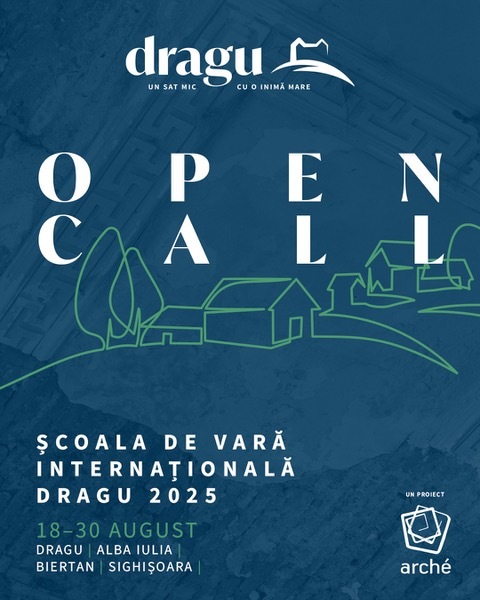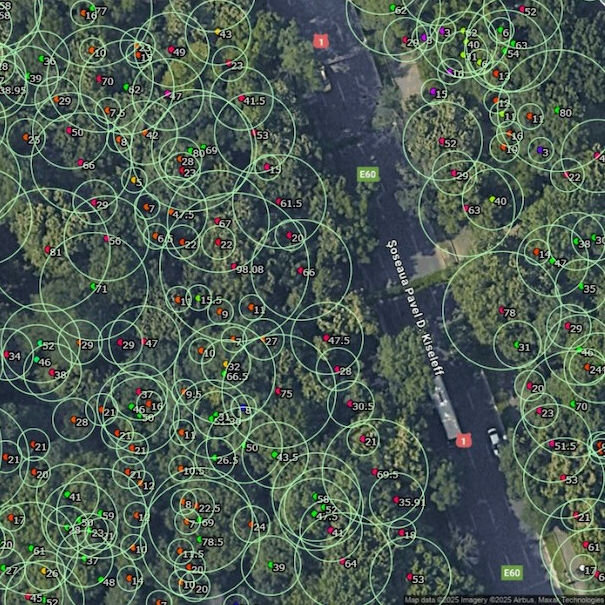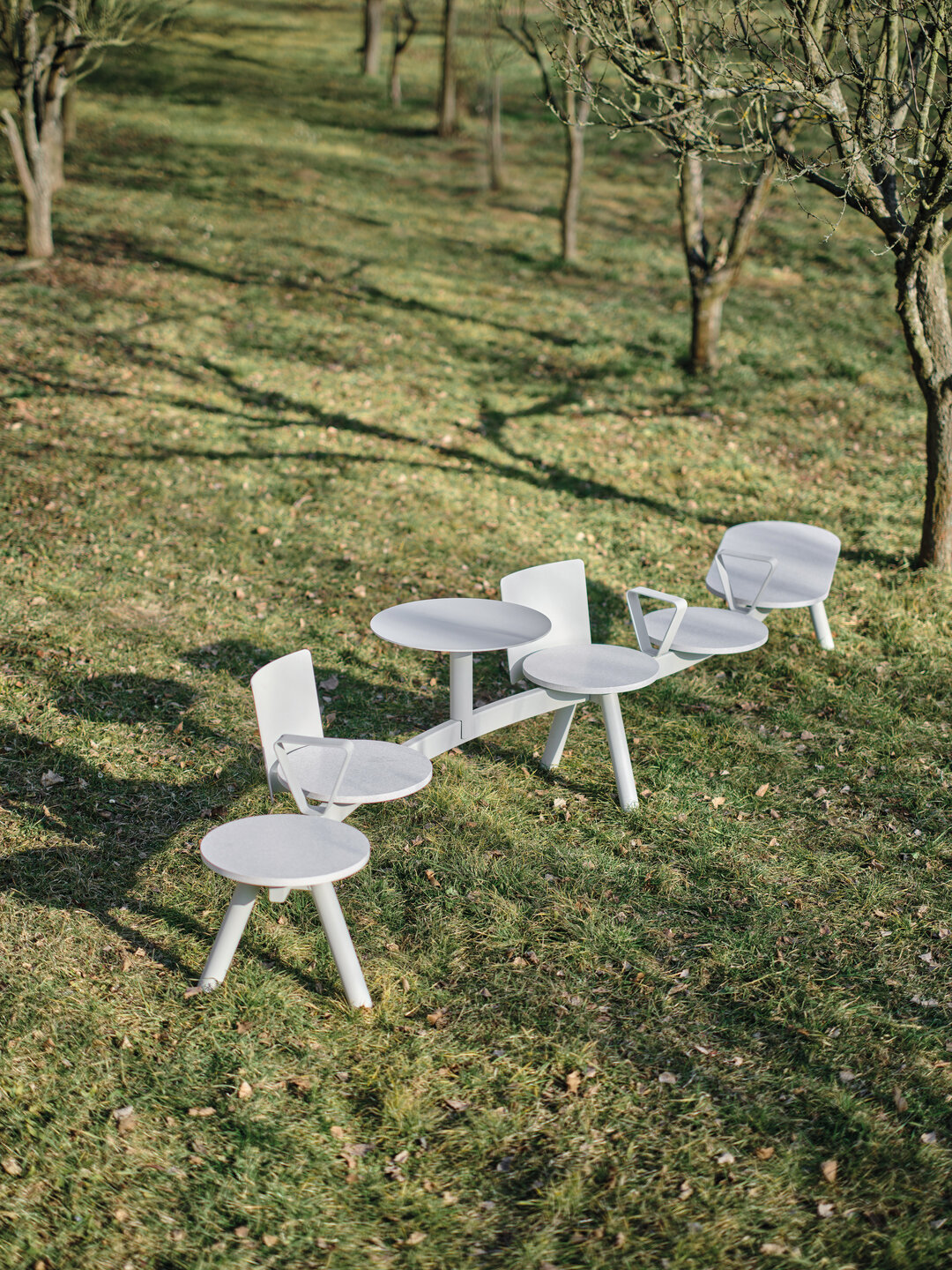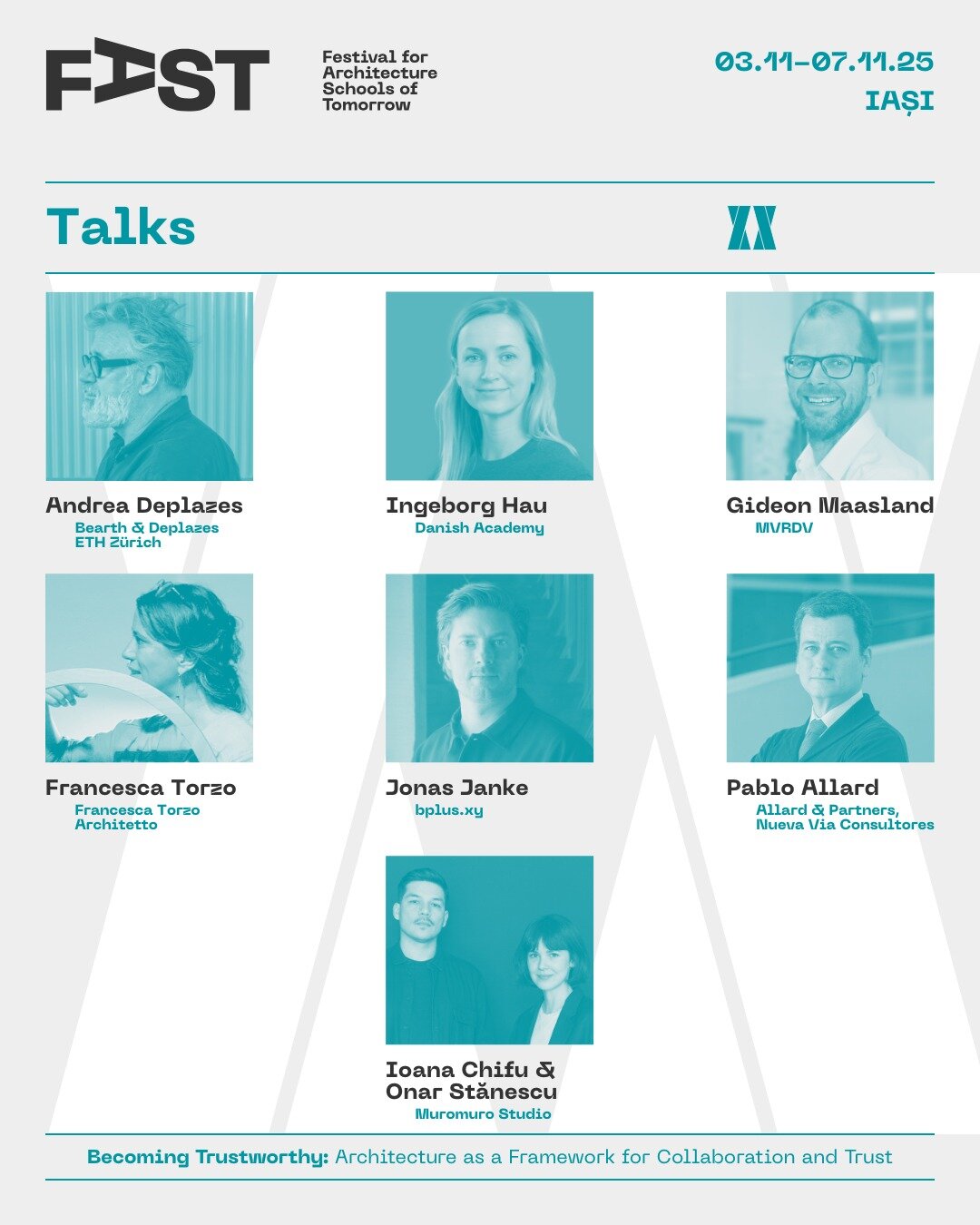
Monumenta 2014 - Ilya et Emilia Kabakov: „The Strange City”
28.04.2014
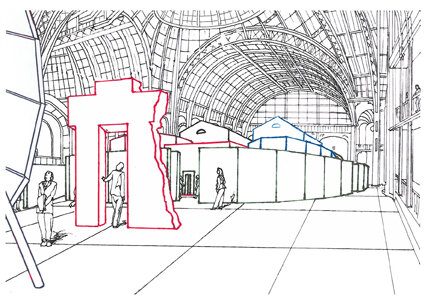
10 May - 22 June 2014
The nave of the Grand Palais
The event is organised by Réunion des musées nationaux – Grand Palais in association with Multimedia Art Museum Moscow
Celebrated artists Ilya and Emilia Kabakov to present “The Strange City” at Monumenta 2014, Grand Palais, Paris
Since 2007, Monumenta, a major Paris-based arts event, has been commissioning internationally renowned artists to create large-scale installations for the nave of the Grand Palais – a vast building measuring 35 metres high with a glass rooftop that covers 13,500 square metres. Anselm Kiefer, Richard Serra, Christian Boltanski, Anish Kapoor and Daniel Buren have successively risen to the challenge to create works for Monumenta.
For the event’s sixth edition, Russian-born artists Ilya and Emilia Kabakov, celebrated internationally for their large-scale projects and ambitious installations, will invite viewers to lose themselves in the maze of an imaginary town: “The Strange City”.
Commenting on the installation, Emilia Kabakov said: “Some years ago, someone asked us if we thought that art could influence politics. We answered no. Our opinion has not changed but during all these years, we have worked with ideas based around the imaginary and utopia. We sincerely believe that art, which occupies an important place in our culture, can change the way we think, we dream and we act. It can change the way we live. This time, we would like to create more than an installation; we would like to conceive something very different: constructing The Strange City is to insist on the experience rather than on the form of a project; it is to ask you to slow down in your real life, to call on your emotions, on your senses and on your memories. We invite you to come to the Grand Palais to enter The Strange City, a fantastic space born of a collective imagination, and to think and reflect about art, about culture, about the daily life and about our present and our future.”
“The Strange City”, conceived for the nave of the Grand Palais, draws on references from the Renaissance, Romanticism and modern science. It is composed of eight large constructions. The visitor can absorb its calm and peaceful environment by wandering around the structures, with each edifice presenting its own unique world. In the northern part of the nave, a gigantic dome projects colour and light variations onto an open gate which visitors have to go through. They then reach a labyrinth-like space surrounded by a double circular enclosure. Inside, there are five distinct edifices bearing mysterious names: “The Empty Museum”, “Manas”, “The Centre for Cosmic Energy”, “How to Meet An Angel?” and “The Gates”. Outside, there are two further constructions. “The White Chapel” features paintings confronting an array of subjects contrasted with large areas of white light, leaving room for one’s imagination, while “The Dark Chapel”, reveals gigantic paintings on black backgrounds, mixing baroque references with personal memories.
Including paintings, curious objects and models, the works installed inside “The Strange City” highlight the core issues that preoccupy the Kabakovs.
Jean Hubert Martin, the curator of the exhibition, explains: “With spectacular and mysterious atmospheres, the journey through “The Strange City” is like a great, epic tale. The Utopian city to which we are invited addresses Man’s aspirations and his quest for a hereafter, for the metaphysical. The metaphor for life and its mystery is communicated through the senses.”
Ilya and Emilia Kabakov evoke images of progress, of science and of man’s evolution that have had disastrous consequences. Across spectacular installations, permeated with humour and poetry, they have set up a catalogue of ideas over the years showing how mankind has tenaciously pursued achievements that are more or less useless. They show how man is intent on surpassing himself, like a character who builds a huge ladder in order to get close to an angel and then throws himself into his arms.
A key figure in international art, Ilya Kabakov was born in Dnepropetrovsk (ex USSR) in 1933. In the early 1980s, he started to work on installations evoking daily life in Russia. The work took on a particular importance, echoing as it did the end of the Soviet era. Since then, Kabakov’s installations, sculptures and paintings have been exhibited throughout the world. In 2004, the Russian government paid homage to Ilya and to Emilia, his wife and co-author of his works, by organising their first ever official exhibition at the Hermitage Museum. Emilia, born in Dnepropetrovsk in 1945, graduated from Music College as a Classical pianist and studied at University Spanish literature in Moscow. She immigrated to Israel in 1973 and has been living in New York for the past 38 years. Ilya and Emilia Kabakov live in Long Island, New York and have been working together since 1989.
.............................
curators
Réunion des musées nationaux – Grand Palais: Jean-Hubert Martin, Honorary Director of Musée national d’art moderne, Paris
Multimedia Art Museum de Moscou: Olga Sviblova, Director of MAMM
architect: Sylvie Jodar
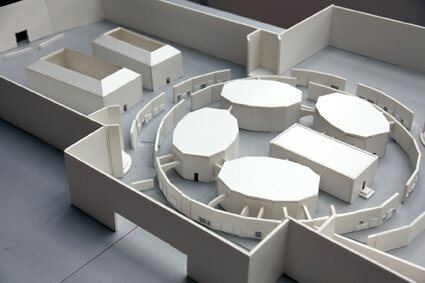
Ilya et Emilia Kabakov
Maquette de L’étrange cité
Monumenta 2014
© Ilya et Emilia Kabakov / ADAGP, Paris 2014
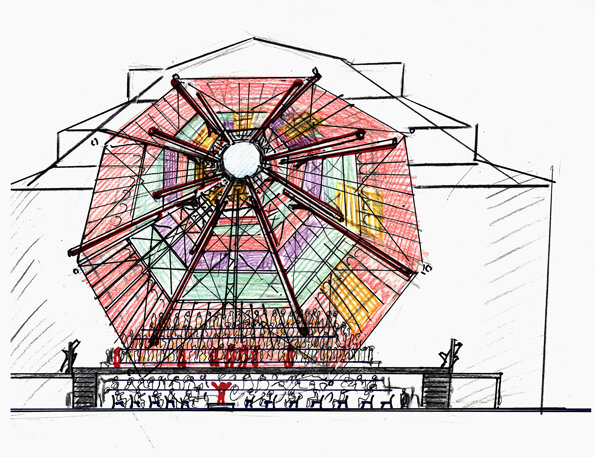
Ilya et Emilia Kabakov
Etude pour La Coupole
dessin
Monumenta 2014, L’étrange cité
© Ilya et Emilia Kabakov / ADAGP, Paris 2014
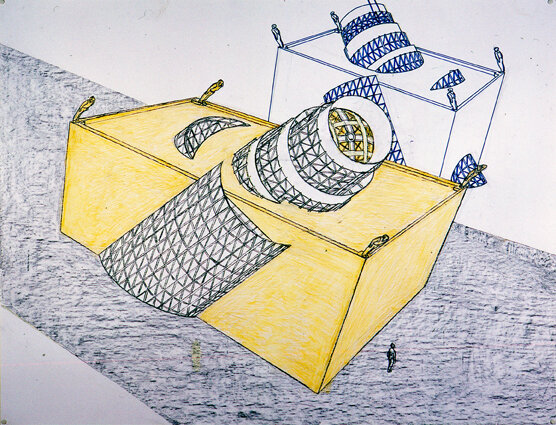
Ilya et Emilia Kabakov
Etude pour Le Centre de l’énergie cosmique
dessin
Monumenta 2014
© Ilya et Emilia Kabakov / ADAGP, Paris 2014

